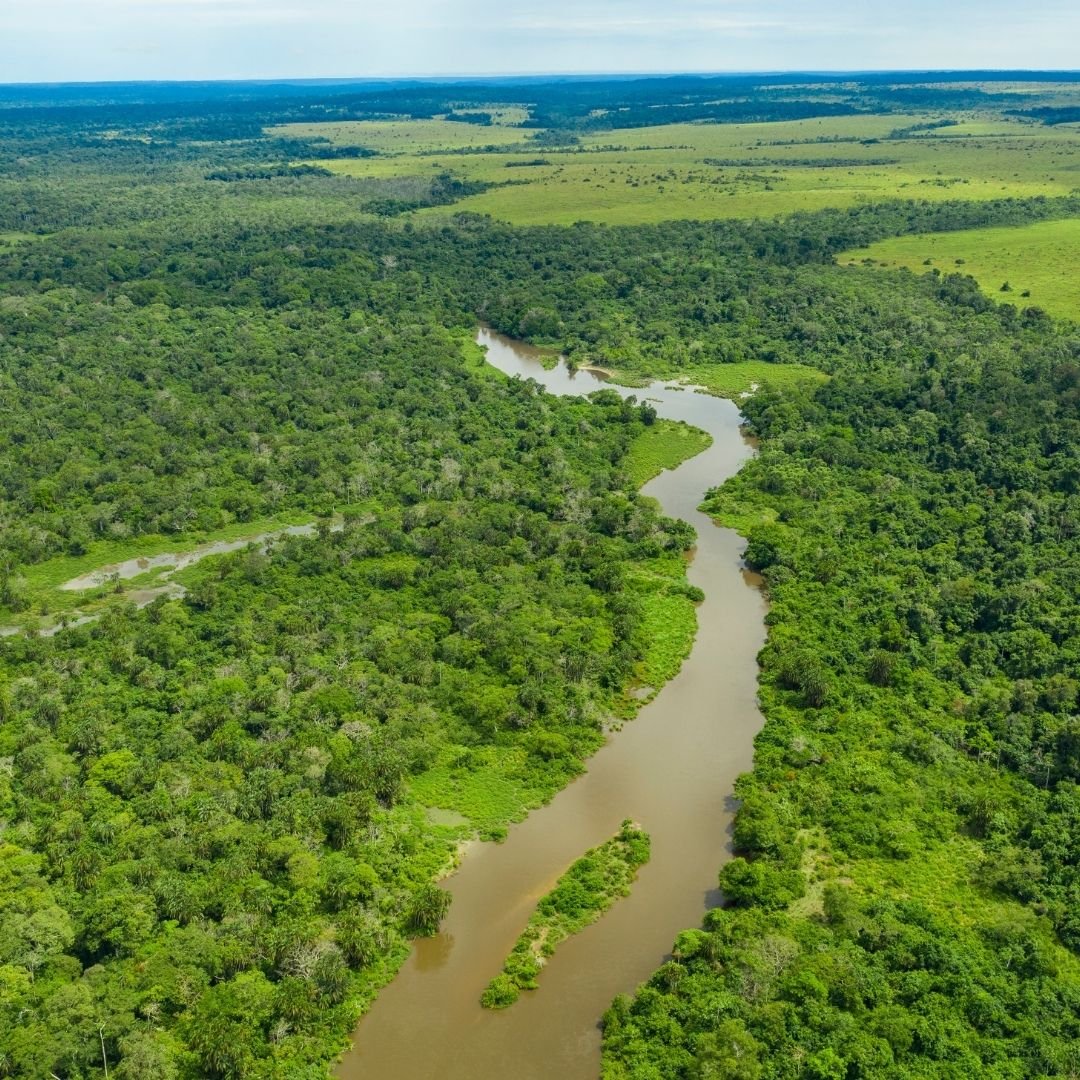FSC procedure for ecosystem services in the Congo Basin: The case for biodiversity
One of the major issues of discussion in the last few years in the forestry sector is ecosystem services. How can they be implemented in the field? What is their potential to assure funding for the sustainable forestry activities in the Congo Basin?
In 2018, the Forest Stewardship Council™ (FSC™) introduced a procedure to demonstrate and communicate about the positive impact of responsible forest management on ecosystem services, FSC PRO 30-006. These verified positive impacts aim to facilitate payments for ecosystem services and provide access to other benefits, thereby adding business value for those who responsibly manage forests and those who take action to preserve forest ecosystem services.
Demonstrating an impact according to this procedure means that the organization has measured specific positive outcomes compared with a reference level and it also means that the organization’s management activities contribute directly to these measured outcomes.
Selectively logged tropical forests under a forest management plan retain most of their biodiversity and carbon stocks, they provide considerable conservation benefits as well as jobs, rental payments to governments and other forest owners, and global commodities. But the cost for delivering this conservation and social benefits increases dramatically in regions where there is a deficient forest governance with limited law enforcement and where illegal timber is a regular occurrence resulting in unfair competition.
FSC operators in the Congo Basin have robust mechanisms to ensure the control of access to the concession - they monitor illegal activities such as poaching, illegal mining, forest conversion in areas outside of the rural development zones and take actions to prevent and minimize their impacts. FSC forest concessionaires have developed internal monitoring teams that oversee surveillance over very large expansions of forest under management, including the conservation areas within the concessions. Reporting to the authorities and supporting consistent action to remedy the causes are daily activities forest concessionaires undertake.
FSC certified companies are strongly committed to seeking innovative solutions for biodiversity conservation producing long term partnership with national and international conservation NGOs and national forest administrations. There are remarkable examples of long-term engagements in FSC certified perimeters adjacent to national parks to guarantee protection. But besides strict protection actions, projects to monitor wildlife have also been established with research groups and new technologies are widely being used such as the camera trapping.

FSC works with our concessionaire holders in the Congo Basin to test our procedure for verifying ecosystem services. Demonstrating the presence and the protection given to high profile conservation species such as the gorilla and the elephant can be a first step to evaluate the procedure. The objective should be to demonstrate compliance to the procedure using what is done by the FSC forest operators with their current actions and methods.
But the big challenge for the Congo Basin FSC timber producing companies is to establish the match with funding partners. Are there public or private entities that want to support conservation of the biodiversity in FSC logging concessions?
Of course, large amounts of funding are annual raised and used in Central Africa for national parks management, but international corporations and international donors should understand that the fate of a large portion of the Central African forests depend also on the maintenance and increase of responsible forest operators producing a balanced economic, environmental, and social management over large surfaces.
For more information contact: g.akwah@fsc.org
Contributor: Willy Lawyer, FSC Policy and Standards Manager Congo Basin
